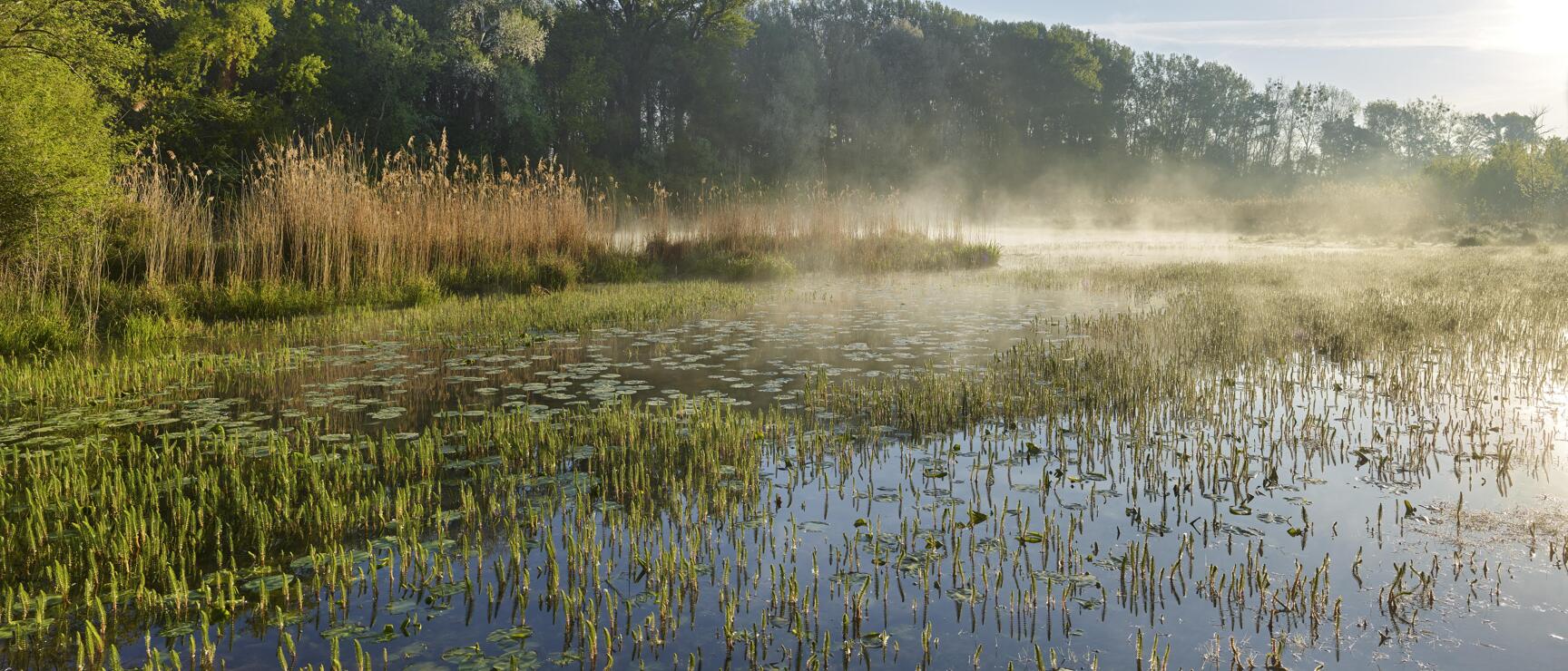
National Parks and Biosphere Reserves in Austria
Here, we’re simply guests, invited to admire
Austria is a wonderfully green country: Almost half of it is surface is covered in trees, with an increasing number of hardwood and mixed forests, providing perfect conditions for thriving flora and fauna. To preserve the natural regions, Austria has put about 48% of its area under special protection. It’s a significant effort to sustainably safeguard Austria's unique landscapes, biodiversity, and the rejuvenating environments that people cherish.
In the national parks, the preservation of ecosystems according to strict criteria is top priority. Nature can flourish largely undisturbed. The nature parks reconcile nature and management by humans, who have often been shaping these cultural landscapes for centuries. The model regions of the biosphere parks also preserve the natural regions and cultural landscapes within the framework of the UNESCO programme. And a completely untouched natural landscape with rare plants and animals thrives in the wilderness area.
Protected nature in Austria
“When I’m birdwatching at Neusiedler See-Seewinkel National Park, I feel like I have arrived. Everything’s so quiet, and all I hear and see is nature’s fantastic spectacle.”
Elena Turac, Ranger at Burgenland's Neusiedler See-Seewinkel National Park
Austria's national parks
Sustainable outdoor-fun
Hohe Tauern National Park
The Hohe Tauern National Park spans regions in Tirol, Carinthia, and the SalzburgerLand. This unique natural world is crisscrossed with numerous hiking trails - offering around 4,300 kilometres / 2,672 miles of alpine paths. Mountain huts and snack stations provide convenient stops for extended tours.
The region is perfect for experiences that open your eyes and heart to the beauty of nature: Whether in the Weissee Glacier World, by the Pasterze glacier, or through the Leitenkammer Gorge. And the Krimml Waterfalls are undoubtedly one of the Austria's most famous natural wonders.
How do you become a national park ranger?
They say people excel at what they love doing. Hermann Jansesberger, one of over 200 rangers in one of six national parks, is a prime example of this. Hermann is a true “nature enthusiast.” He knows every moss by name and can vividly recount the ancient history of any rock. Every beetle he encounters is worth a pause. So, how does one become a national park ranger?
A love for nature and enjoyment of working with people are essential for anyone looking to become a ranger. The roles vary from park to park but generally include guiding visitors and school groups, maintaining and monitoring educational trails and observation huts, giving talks, overseeing the area, and carrying out monitoring tasks.
Austria's biosphere reserves
Awaken all your senses!
Why does nature feel so restorative?
Nature’s feel-good package is simple yet powerful, benefiting both body and mind with fresh air, warm sunshine, vibrant forests, meadows, and natural light.
Our senses come alive in meadows full of diverse flowers and rich biodiversity. The more variety, the better we feel. Nature also grounds us - sitting at a desk doesn’t fully engage our senses or soul. Humans are made for nature, not computers. The best place to recharge is in the mountains or ancient forests, as we are naturally attuned to thrive in these surroundings.
Austria's nature parks
Climate Protection Info
Why is biodiversity so important for climate protection?
An intact ecosystem is home to countless species of microorganisms, fungi, plants and animals. All these creatures and the environment they live in need each other and are intricately balanced. As ecosystems in their own right, they make a significant contribution to a functioning climate and provide fresh air and clean water. A healthy forest, for example, filters the greenhouse gas CO₂ from the air. Biodiversity is therefore vital for humans, animals and plants.
If the balance and interaction of organisms is disturbed by external influences, the intact biosphere begins to falter. However, a stable climate requires a healthy flora and fauna. Austria and its regions are aware of their responsibility and are taking numerous measures to preserve and protect precious natural habitats and strengthen biodiversity.